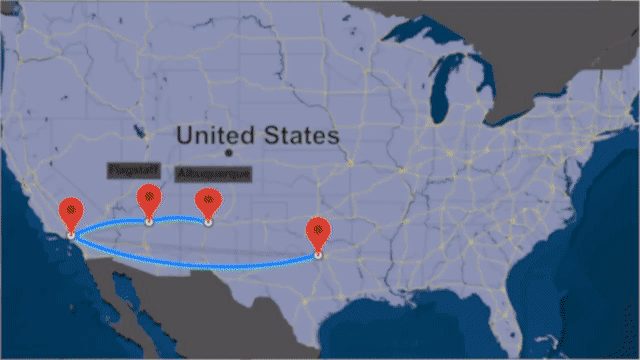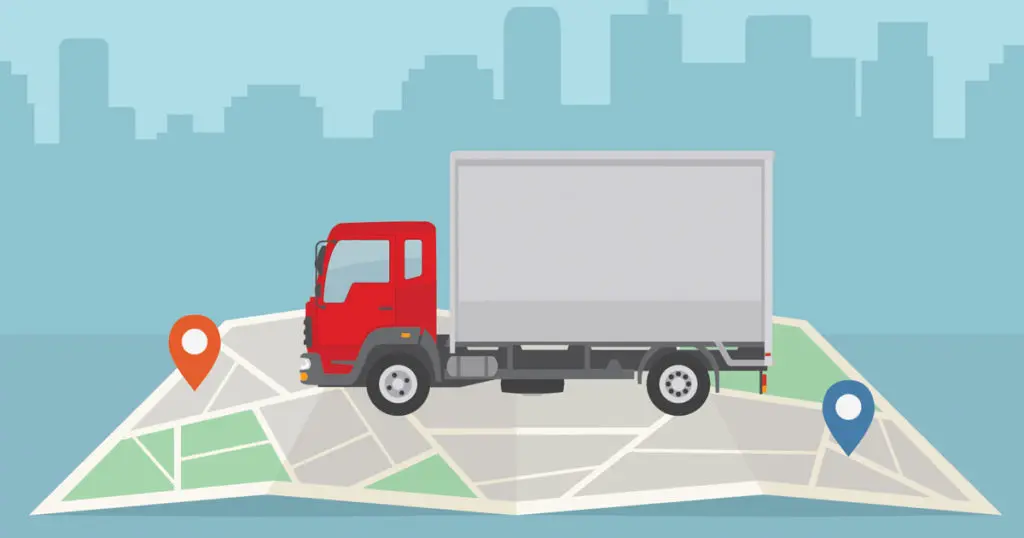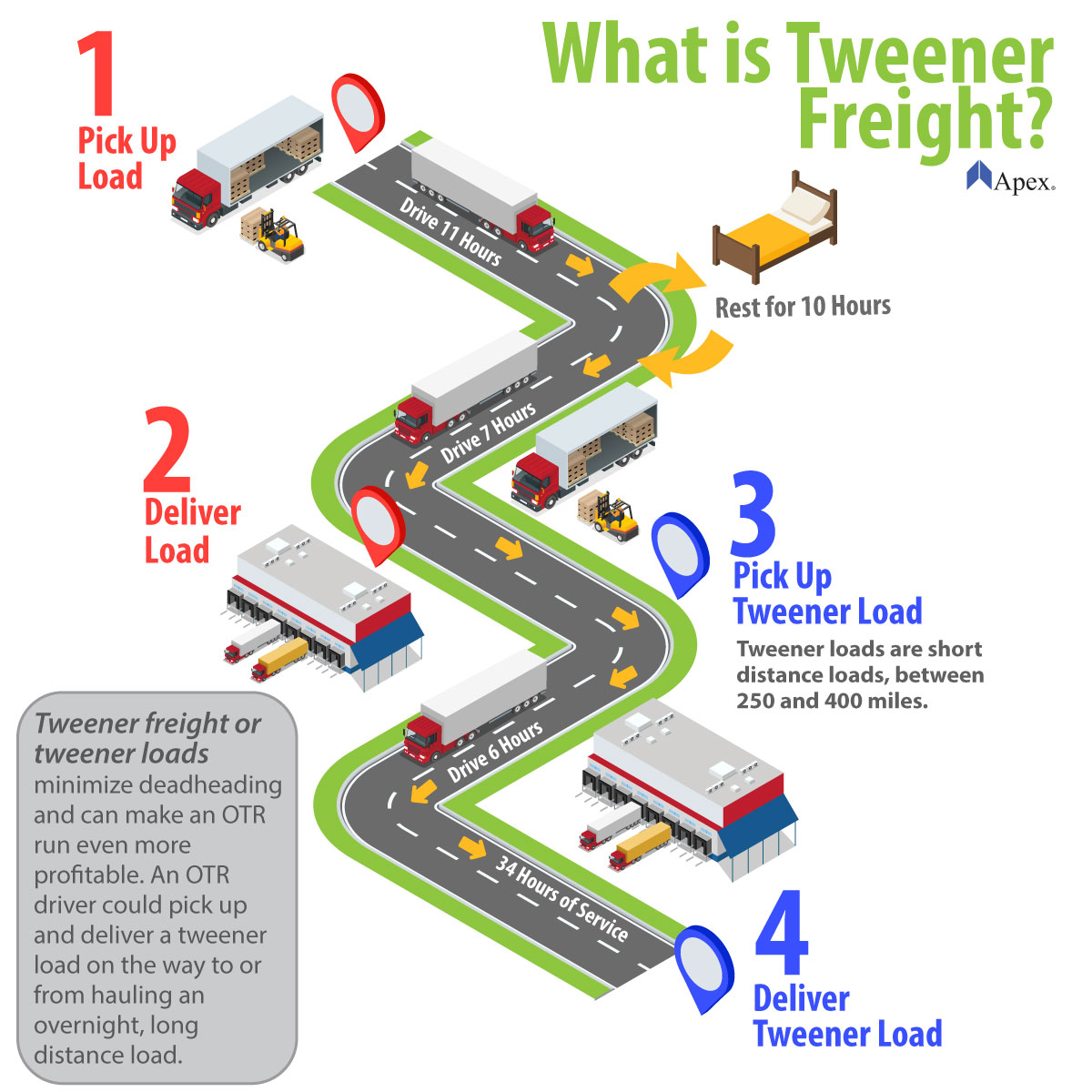Why Tweener Freight Could Be Profitable for Trucking Companies
Tweener freight. Tweener load. Wait a minute, tweener what?
No, this isn’t a conversation about that awkward age between adolescent and teenager. This is about a certain type of freight or load that is increasingly being used by truckers and trucking companies.
Ok, but what is tweener freight? For that matter, what is tweener load? Well, for starters they are both the same thing. Some people call it tweener freight, while others call it tweener load. Here’s a simple definition, according to the Keller Logistics blog:
Tweener freight sits between what a day cab can run and what an over-the-road driver would want to run in a day. These loads are typically over 250 miles, but less than 400 miles. Tweener loads tend to be less desirable for a carrier because it under-utilizes the truck, and that means drivers risk a financial hit when they run them.

Tweener freight is all about distance. It’s not so much about the size, weight, or bulk of the load, but how far the destination. Because we’re talking about more than 250 miles but less than 400 miles, it’s a short run for an OTR trucker. That’s why for most truckers tweener loads aren’t usually profitable. They could spend more on fuel and wear-and-tear than the load is worth. Plus, OTR truckers normally run loads that require overnight traveling. Tweener freight is too short for an overnight stay.
ELDs Make Tweener Loads More Attractive
In the age of electronic logging devices (ELDs), when Hours-Of-Service (HOS) are digitally monitored and there is no room for fudging paper logbooks, tweener loads have become more attractive. Why? Because the extensive data from ELDs could help carriers chart lanes and schedules. Hmm, suddenly that short distance load just might fit into the OTR run.
Tweener loads minimize deadheading and can make an OTR run even more profitable. That’s exactly when a tweener load becomes a nice, extra money-making idea. That’s also why tweener freight and tweener load are phrases we’re hearing more now in the trucking industry. Even at trucking industry trade shows. At the recent TIA 2019 Capital Ideas Conference & Exhibition in Orlando, Florida, a panel discussion highlighted tweener freight.
It’s Not a Partial Load, it’s a Tweener Load
“A tweener load, or tweener freight, might sound new to many truckers, who are probably more used to hearing about a partial load,” says Javier Andrade, Apex Bilingual Portfolio Manager.
“I can see how a tweener load could be attractive for some trucking companies now that ELDs are mandatory. An OTR driver could pick up and deliver a tweener load on the way to or from hauling an overnight, longer distance load. If they find one that fits in their lane and in their schedule, it’s certainly a good deal.”

Andrade mentions partial loads, also referred to as Less-Than-Truckload (LTL) hauls, because there could be some confusion between tweener loads and partial loads. A partial load is all about the size and weight of the load, usually less than 10,000 pounds. Whereas a tweener load is all about the distance, between 250 and 400 miles. However, both may be referred to as “in-between loads” because of the short distance and the light weight.
Whether you’re looking for a tweener load or a partial load, a full load or an in-between load, try our free load board, NextLOAD.com. An electronic load board and an electronic logging device both serve as further proof that the future of trucking depends on technology. These days the lanes carriers run – no matter how far, how heavy, or for how much – are paved with the power of technology.
Hauling loads, tweener and otherwise, requires steady cash flow. Become an Apex factoring client and enjoy the business benefits of steady cash flow. We are ready for you. Visit our website or give us a call at 855-369-2739.

